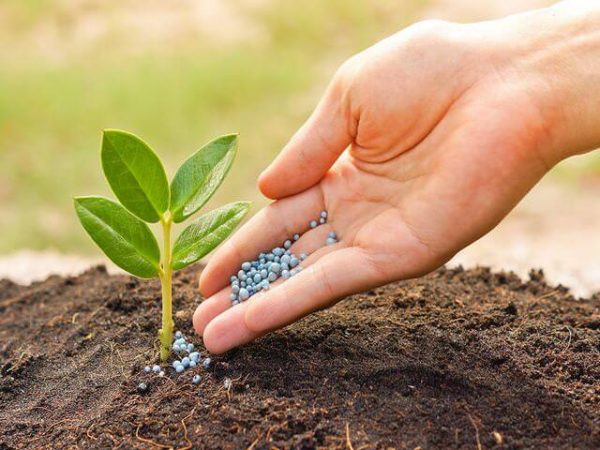
Micronutrient fertilizer is a complex rich in microelements that is able to put a plant in order: to get rid of diseases, parasites and increase growth. Every crop needs fertilizer, even if it is imperceptible immediately. In order to grow a plant, you must first understand what it lacks and on what soil it grows.
Before planting seeds, often the soil requires certain trace elements. Whether it is iron, zinc or copper - without top dressing, non-absorbed soil will not bring the expected yield. Microfertilizers will come to the aid of gardeners. There are enough of them on the feeding market, the main thing - when choosing, is to decide what exactly the plant and soil are lacking.
Content
The composition and properties of micronutrient fertilizers
Microfertilizers are used if the soil needs to be nourished with a number of elements. Mono-microfertilizers will come in handy if one specific element is needed.
We will analyze what should be the composition of a good integrated microfertilizer:
- trace elements in chelated form: copper, manganese, zinc;
- chelate sulfur, boron, molybdenum, B vitamins;
- acids and amino acids of organic origin that help to balance and improve the effect of the above trace elements;
- other active substances that help fertilizer stay on the plant for as long as possible.
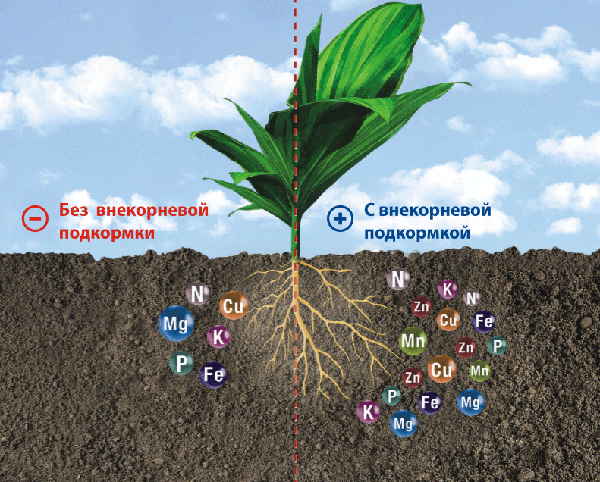
As for the composition of mono-micronutrient fertilizers, they contain the main element, the deficiency of which also contains auxiliary substances. They help the main component to be absorbed.
How to choose microfertilizers?
In order for fertilizing the crops and soil to be beneficial, you need to choose the right fertilizer:
- Before choosing micronutrient fertilizers, one should determine the state of the soil, identify a lack of specific elements in the soil;
- it is worth paying attention to the plant itself, if it needs the help of fertilizer, then this will be visible to the naked eye;
- liquid fertilizers are easier to use;
- Comprehensive fertilizer of good quality incorporates at least five trace elements.
The most effective fertilizers are micronutrient chelated form. They are biologically active substances, very resistant to the environment, well soluble.
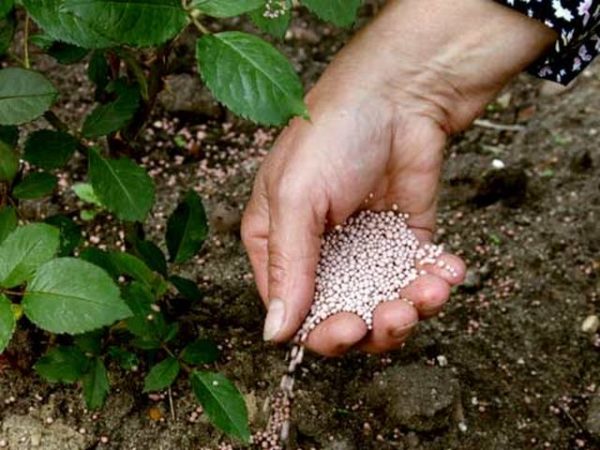
Note! Chelated microfertilizers are less toxic!
Consider several types of chelated micronutrient fertilizers:
- ADOB Cu, ADOB Zn, ADOB Mn - Poland produces these fertilizers. Adob is produced, both monofertilizer, and in the form of a complex of microelements;
- Seybit - liquid fertilizer, refers to polymer film formers.
Instructions for use
The use of these drugs must be strictly prescribed. The packaging indicates possible methods of fertilizer - top dressing, feeding seeds before planting, or spraying the leaves directly.
Fertilizers are available in several forms:
- powder;
- pills;
- liquid.
Copper microfertilizers
Copper microfertilizers are most often used on soils located near swamps. Without copper in such places it is difficult to get a good harvest. For crops, growth in wetlands is generally impossible. Copper fertilizers are produced from industrial waste and are divided into several types:

- Copper sulfate - available in the form of dark blue salt crystals.They are used mainly before sowing and as a sheet top dressing. Crystals dissolve well in water, but they are often used in pure form. A single fertilizer of the soil with copper sulfate, which is also called copper sulfate, lasts for five years. One gram is used per 1 square meter.
- Pyrite - this type of fertilizer looks like ash. The powder is dark in color, finely ground, which contains copper. Otherwise, pyrites are called pyrite cinder.
Boric micronutrient fertilizers
Boric fertilizers are used throughout the entire vegetative period of plants. Such fertilizers are also divided into several groups:
- Borax and boric acid - contain 37% acid and 11% boron. In a solution of these substances, seeds are soaked before placing them in the ground. This boron fertilizer can also be fed during the period when the first leaf is just starting to get color. On one hundredths use no more than 4 g of the drug.
- Boric superphosphate - contains up to 0.4% boron. This fertilizer is used as top dressing before sowing. It needs to be dug along with soil. Boric superphosphate is great for feeding potatoes.
- Ammonium-lime nitrate with boron - is used for almost all types of plants, as it is a universal means for feeding crops. Saltpeter fights many diseases that spread to many garden plants. In addition, timely top-dressing of the plant with these fertilizers has a positive effect on the palatability of the fruit.
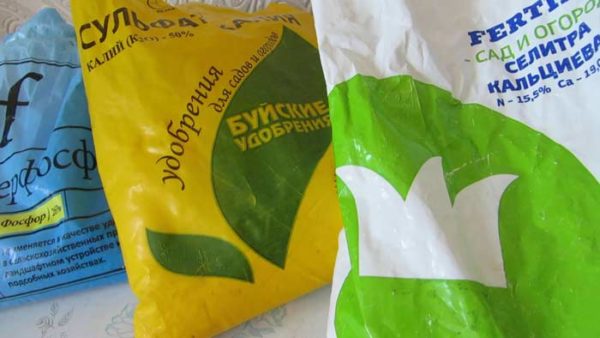
Molybdenum microfertilizers
Molybdenum is most often used on forest soil, which cannot be said about acidic soils. Molybdenum microfertilizers are unlikely to be able to show their useful properties in such a soil. If, nevertheless, it is necessary to introduce molybdenum into acidic soil, then this earth must first be mixed with lime.
Types of molybdenum microfertilizer:
- molybdenum powder - contains up to 17% of this substance. Pour seeds with powder before sowing or dilute it with water, and then planting material is sprayed with a solution;
- ammonium molybdenum acid - contains up to 52% molybdenum. This is a record amount of substance from all analog types of fertilizer. This type of top dressing is mixed with soil before planting seeds and tubers;
- waste electric lamp production - fertilize entire fields of grain and leguminous crops. Molybdenum is able to increase the yield of cereals and legumes by 30%.
Manganese micronutrient fertilizers
Manganese fertilizers can have a beneficial effect on all types of crops in various climatic conditions. In different zones of the country, this type of fertilizer is able to increase productivity at times. Manganese works well even on sod-podzolic soils.
Manganese is able to regulate protein and carbohydrate metabolism, activates plant enzymes. If the culture is deficient in manganese, then its leaves turn yellow, they can be seen distinct bands.
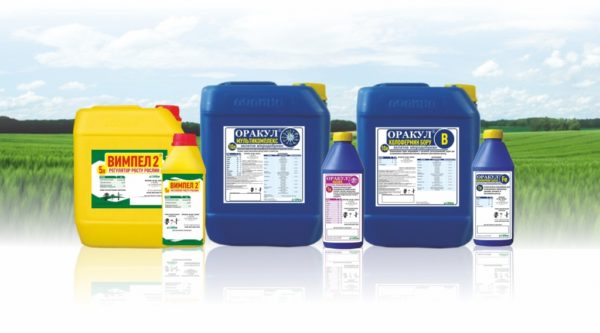
The most popular manganese micronutrient fertilizer is manganese sulfate. The mixture contains more than 24% manganese oxide. It is used as top dressing according to the instructions - a kilogram per one hundredth.
Copper microfertilizers
Copper is an essential trace element for the normal growth and development of a plant. Without copper, the leaves and stems of a plant can curl strongly and lose their natural color. The main fertilizer based on copper is copper sulfate. They are treated with cultures previously diluted in water in a consistency of 500 grams per one hundredth.
Cobalt fertilizer
Cobalt is able to increase plant growth, fixes nitrogen, and is also involved in the metabolism of the culture. This type of micronutrient fertilizer is used in meadows and pastures.This is especially important, since cobalt is also needed for animals that graze in the meadow. Using grass, saturated with micronutrient fertilizers, artiodactyls do not get sick and die less often.
Among cobalt top dressings, the most popular are:
- cobalt sulfate (20% cobalt);
- cobalt chloride (35.7% cobalt).
Iron micronutrient fertilizers
Iron micronutrient is more commonly known as iron sulfate. It is produced in the form of crystalline powder, azure color. Use vitriol not only as fertilizer. Often it helps in the fight against insect pests.
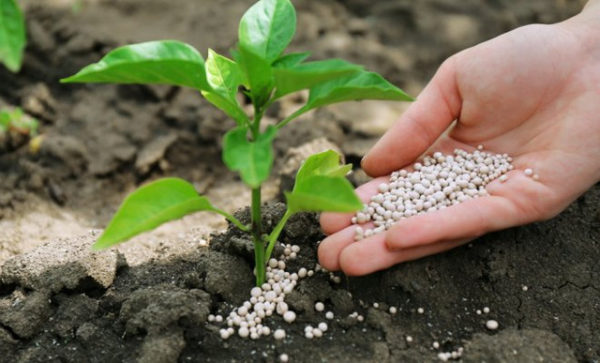
But still, the main function of iron is fertilizer. Iron is readily soluble and available for plant nutrition. Without iron, plants can die, they lose color, become fragile. Most affected are fruit trees - apples, pears, peaches.
Ready microfertilizers
Manufacturers came up with ready-made microfertilizers specifically for the convenience of gardeners. These are some complexes in which many trace elements necessary for normal plant growth are included. They can not only increase crop growth, but also protect it from external factors.
Here are the most popular complexes of finished microfertilizers:
- "Master" - for foliar application, contains zinc, calcium, magnesium and iron. It always remains in chelated form, so the spectrum of action is quite high;
- "Sizam" - protects against pests and diseases, and also works to increase the yield. Most suitable for feeding cabbage. In addition to zinc, calcium, iron and magnesium, it also contains a vitamin B group, as well as sucrose. Can be used for seed treatment before planting;
- "Oracle" - used to feed plants, berries and meadows. Contains magnesium, calcium, zinc, iron and vitamin B;
- "Reakom" - reduces nitrates in fruits. Use for grain, potatoes. "Reakom" increases the productivity of vegetable and grain crops at times, also protecting the plant from pests.
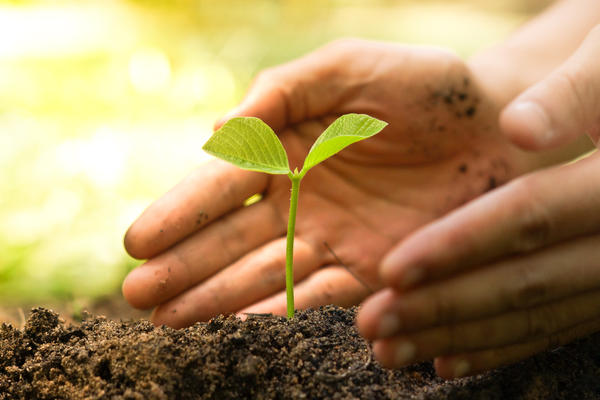
Reviews
Valentine, 54 years old, Moscow Region:
“I use iron micronutrient fertilizers constantly, since my garden is located on an unsuccessful site. Fortunately, having saturated the soil with iron and lime, growing a good crop for me is now not difficult. ”
Nadezhda, 56 years old, Stavropol:
“I discovered chelate fertilizers quite recently. I have them in tablets, which I dilute with water and spray them with cabbage and potatoes. Not only that, the land is becoming more fertile, but there have also been less harmful insects. "
Anatoly, 66 years old, Yekaterinburg:
“Monofertilizer is a great option for those who know what his garden is missing. I did a soil analysis on my site. It turned out that there is a deficiency of manganese in the soil. Hence the loss of harvest. I got a package of powder with manganese and that's it. Now the harvest is good, the bushes are always fresher, juicy flowers, do not lose their color. ”

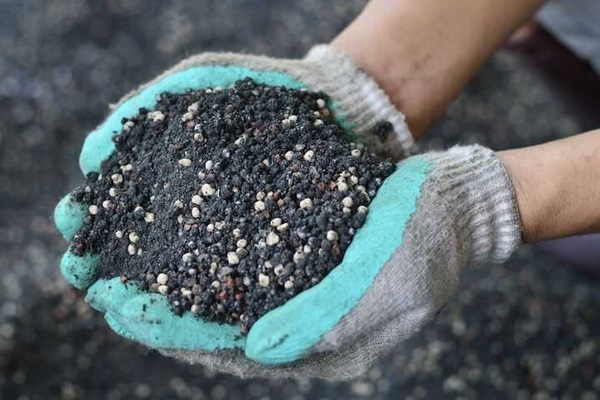
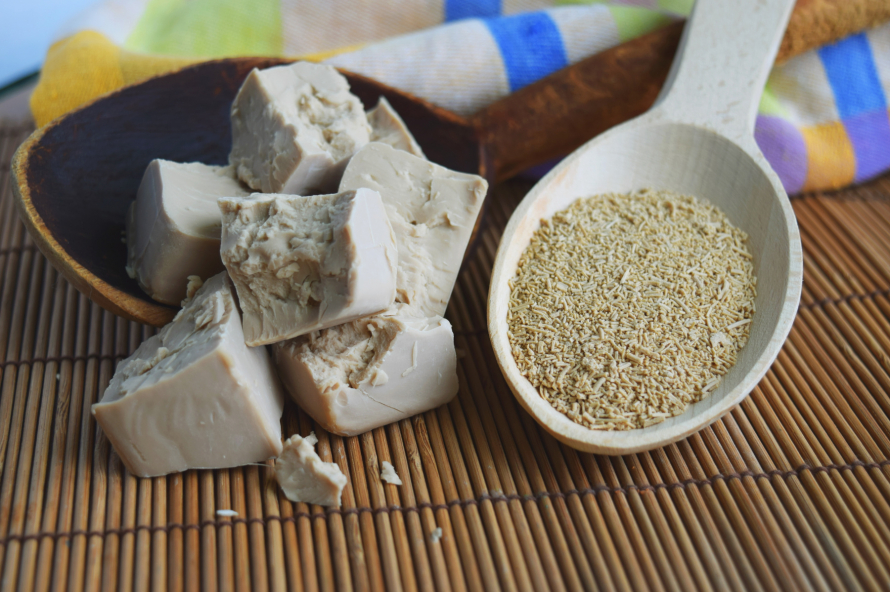
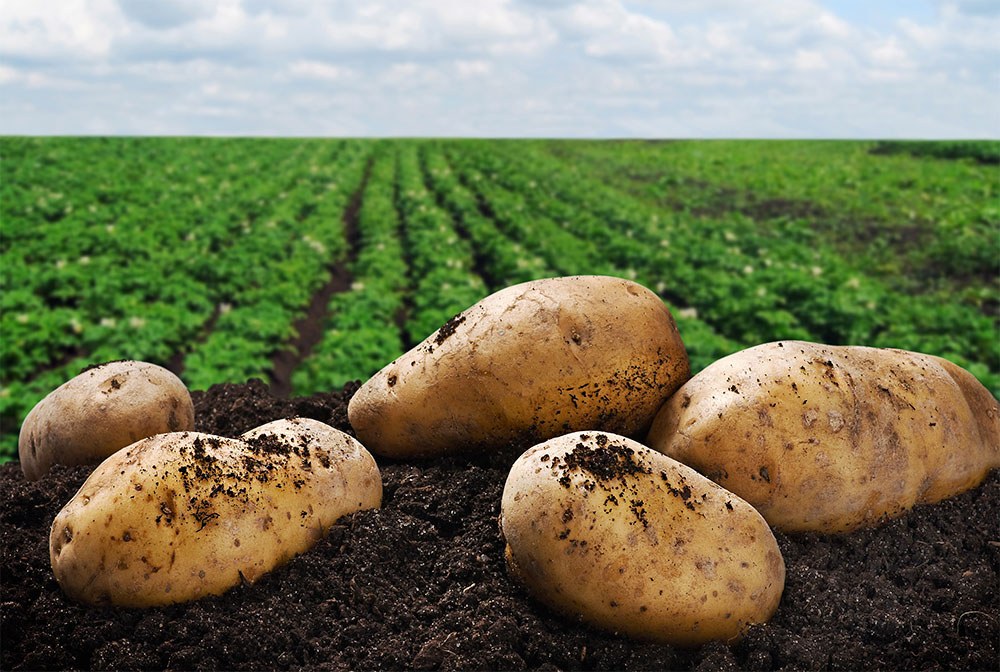
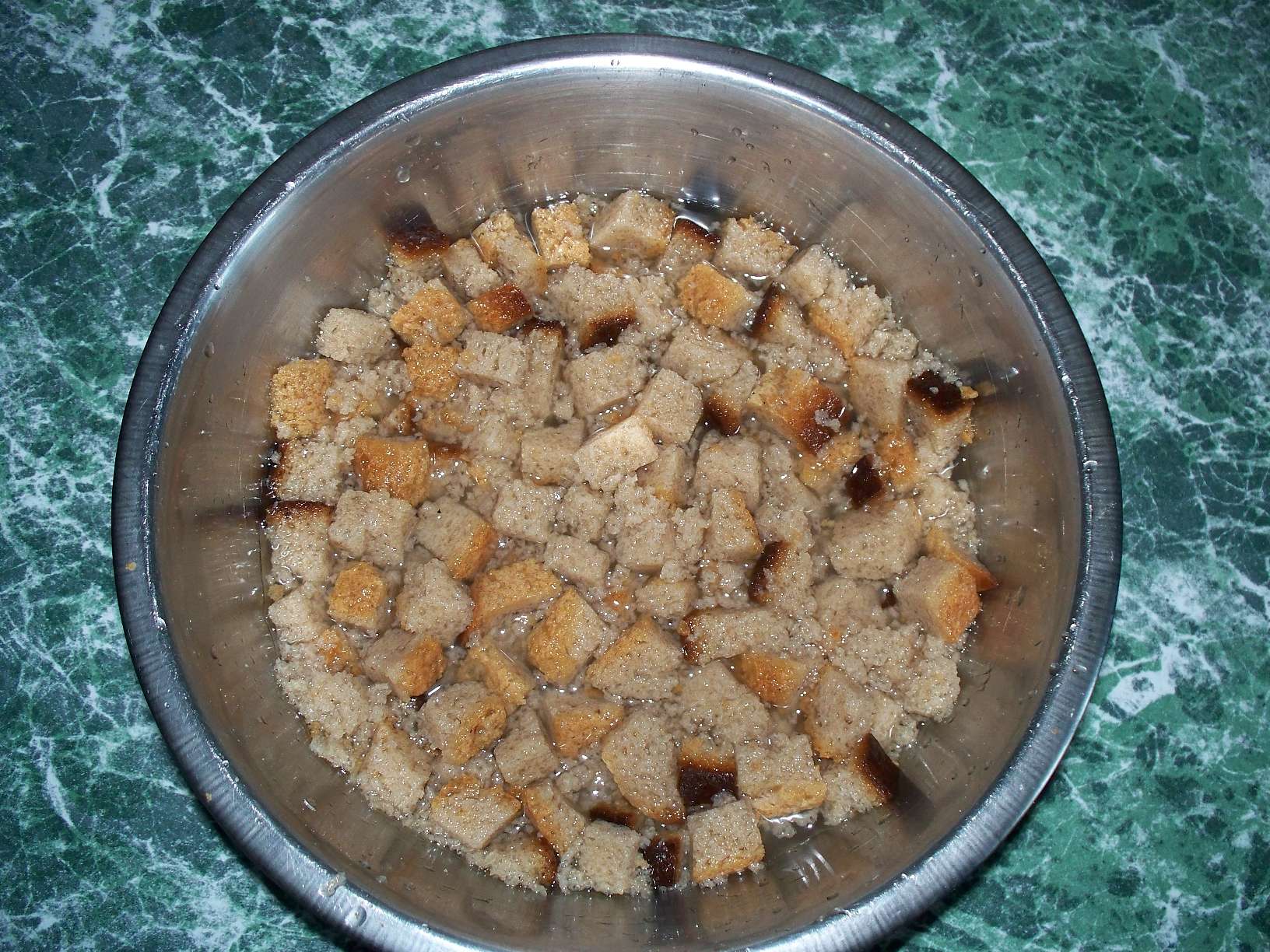 How to make bread infusion for feeding cucumbers
How to make bread infusion for feeding cucumbers Superphosphate: what is it and how to apply it
Superphosphate: what is it and how to apply it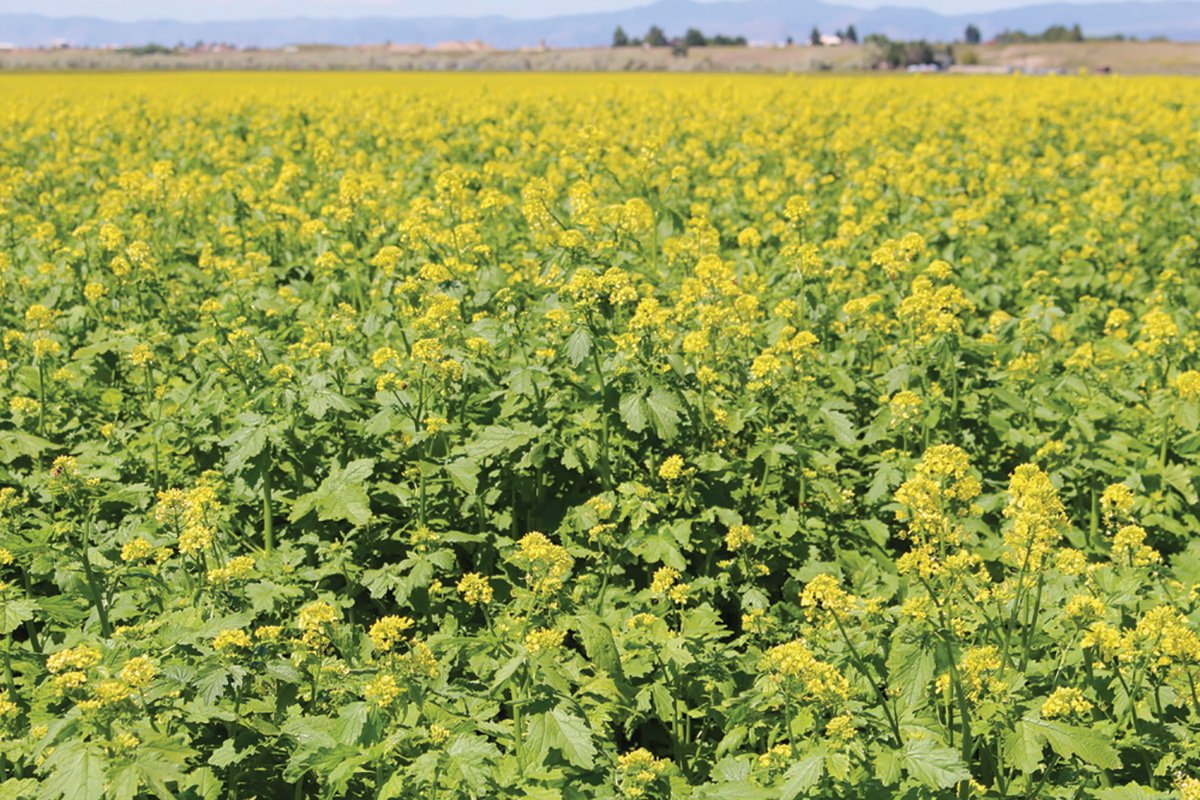 What problems can be expected from siderats?
What problems can be expected from siderats?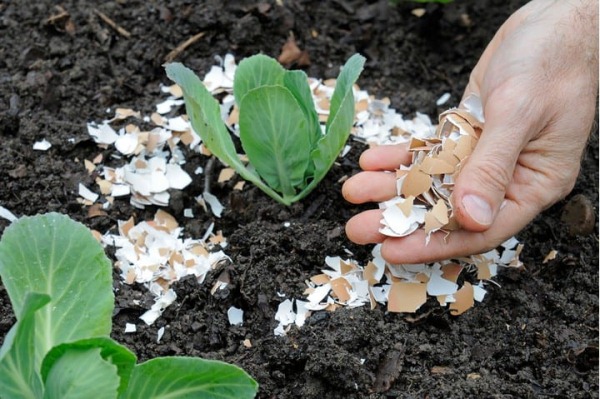 Secrets of the collection, storage and use of eggshells in the garden
Secrets of the collection, storage and use of eggshells in the garden